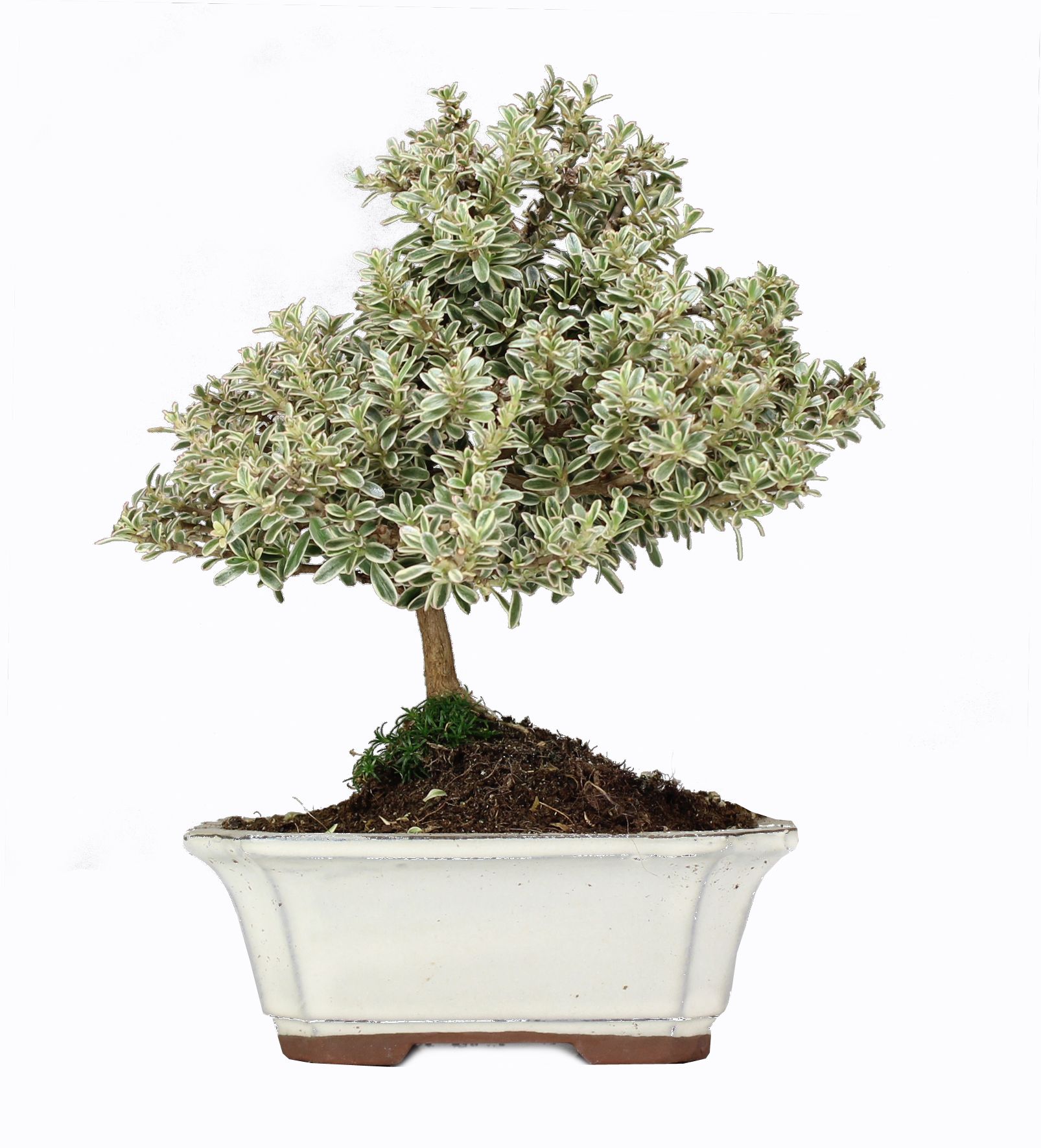Characteristics
Fast growing shrub, both for indoor and outdoor cultivation. Its leaves are thick, shiny and oval, with small flowers.
Location
For the Coprosma to thrive it must be in full sun, although it can also live in semi-shade areas. This plant is quite resistant to cold temperatures, so it can stay outside throughout winter.
Watering
The Coprosma shrub is very resistant to drought, so its watering should be moderate. We will water only when we observe that the earth is dry. This plant does not tolerate waterlogging, so the planting area must drain well.
Fertilization
From spring to mid-autumn, fertilise with organic or liquid NUTRIBONSAI fertilizer, applied every two weeks using irrigation water.
Re-potting
The Coprosma should be repotted every two or three years, at the beginning of spring, just a little before the budding of the year begins. After repotting, it is advisable to water it with a VITABONSAI solution, to speed up the tee’s recovery.
Substrate
The recommended substrate mixture is six parts of Akadama, with four parts of volcanic stone. If not, TERRABONSAI substrate is also a good option.
Pruning and pinching
Pruning
Pruning will be done only to give the plant the desired shape. It stands topiary art, that is, geometric shapes, like a sphere.
Pinching
Throughout the growing season we can keep slightly pinching it to get a denser cup.
Wiring
It is not very common to wire the branches of the Coprosma bonsai. However, if done, it is recommended to do it before sprouting.
Curiosities
The Coprosma is a bush that is frequently used for hedges, covering spaces and even in terrace pots.
There are different varieties, like the Coprosma repens, commonly known as Mirror Plant.

